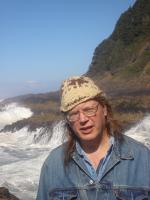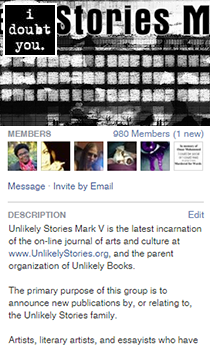Unfolding, Reshaping
Judging a work on its own terms, but how do I know what those terms are? As we now can recognize spectrums everywhere, so too with literary genres. Nothing new. This book titled Apophallation Sketches: A Theater of Affective Extremes (j/j hastain, MadHat Press, 2016). [“Then suddenly one slug gnaws off its partner’s or its own penis, . . .That act is apophallation: take a gulp of ephemeral air, then chomp down, amputate your lover’s (or your own) dick.”]
An Anti-Novel, sketches, theater, affect: all forms and implications to bounce among and from, to see light and shadows cast by. Over a hundred titled pieces each 1 to 3 pages. As an anti-novel or a deck of sketches can it be experienced in different ways, including non-sequentially? I think so, but have no way of knowing the author’s intentions, or if j/j is proscriptive that way, Are the sections about “she” a progressing narrative, and/or is this book more built to provide resonances along a set of themes like gender, identity, desire?
A she keeps appearing, Is it the same she all or most of the time? Other sections have an I speaking directly, while others are vignettes concerning animals, mythical figures or various named or unnamed people. While the author identifies as being in a state of Transness, the she in this book shares some aspects with the author. For example, j/j’s bio says ”performs ceremonial gore” while the book’s she collects her menstrual clots “and wipes them into her hair and along her body” (p, 27).
When I first opened this book, not seeing the frontispiece and “an anti-novel,” I thought it might be a collection of prose poems, in part since the other 4 books I’d be sent to consider reviewing are poetry. I wasn’t far off. Not to get into a quibble again about genre, but an accepted idea of poetic language—compact, resonant and beautiful/inspiring throughout. A book to explore, like a cavern or maze you can also dip/teleport in and out of, seeing the experiential ecology among the pieces.
There’s a wide range of approaches in these pieces, Assorted flash fictions, fables, mini-festoes, entries for an encyclopedia of sexual variations in nature. As an overview the book can be seen as collage, usually with big changes in perspective and tone from one piece to the next. And how do collages work?
“Modern myths need to be made; it feels only appropriate to me that these myths be made by the actualities of our extremes” (p. x). While the act of apophallation and other tales here are toward the transgressive—boundaries are made to go beyond—there is also much ecstasy, ambition and generosity in what all j/j is presenting, in this linguistic and referential richness. Engagement/interaction can run the spectrum from subtle/gradual to extreme/immediate. Engagement as a lifestyle, a mode of perception, being open and ready to be part of the equation/dance on either/any side, to engage the equation to approach becoming unified and encompassing.
“When I say I lust for land I do not mean that I long to own it or even to top it. For me, lust is draw toward convergence. I want to converge so deeply with it I am in fact indistinguishable from it: a land-miracle, a green that spins more green.” (p. 129)
Apophallation Sketches is energizing, wonder-full, educational and potentially life-changing to the reader who’ll open up, dig in and dance.

dan raphael's most recent books are In the Wordshed, from Last Word Press, and Maps Menus Emanations, from cyberwit. More recent poems appear in Impspired, Mad Swirl, Lothlorien, Otoliths and A Too Powerful Word. Most Wednesdays dan writes & records a currents event poem for The KBOO Evening News in Portland, Oregon.


